Trailer vs. Stationary Silent Diesel Generators: How to choose?
When it comes to selecting a silent diesel generator for your power needs, the choice between trailer-mounted and stationary models can significantly impact your project's success. Both options offer unique advantages, but understanding the key differences is crucial for making an informed decision. Trailer-mounted generators provide mobility and flexibility, ideal for temporary or remote job sites. On the other hand, stationary generators offer stability and are often preferred for permanent installations or long-term projects.
The decision ultimately depends on factors such as your power requirements, site conditions, and operational duration. For instance, construction companies might lean towards trailer-mounted units for their portability, while hospitals or data centers typically opt for stationary models due to their consistent power output and integration with building systems. Consider noise regulations in your area, as well as fuel efficiency and maintenance accessibility when making your choice.
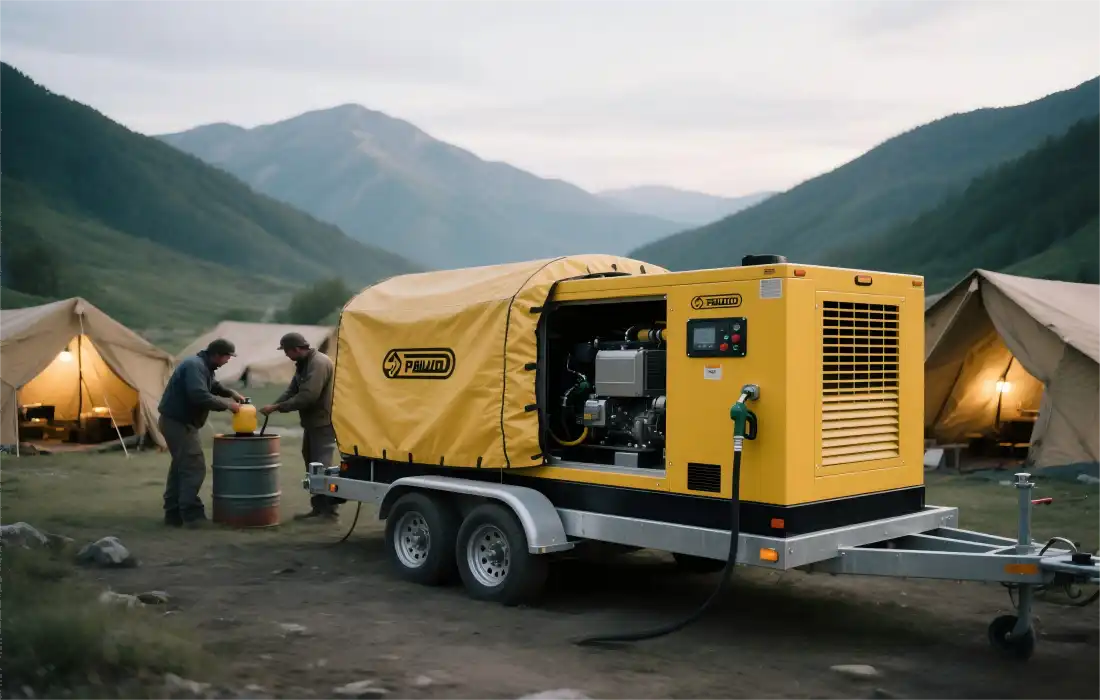
Which Is Quieter: Trailer-Mounted or Fixed Generators?
When comparing the noise levels of trailer-mounted and fixed silent diesel generators, several factors come into play. Generally, fixed generators have a slight edge in noise reduction due to their permanent installation, which allows for more comprehensive soundproofing measures.
Advantages of Fixed Generators in Noise Reduction
Fixed generators benefit from solid foundations and permanent enclosures, which can be designed with advanced acoustic materials. These installations often incorporate sound-absorbing walls, vibration isolation mounts, and strategically placed air intake and exhaust systems to minimize noise propagation. The stable environment also allows for the implementation of more sophisticated noise control techniques, such as resonators and sound baffles.
Noise Considerations for Trailer-Mounted Generators
While trailer-mounted generators may face more challenges in noise reduction due to their mobile nature, modern designs have made significant strides in quieting these units. Advanced enclosures, high-quality mufflers, and innovative cooling systems help trailer generators achieve impressive noise reduction levels. Some models even incorporate active noise cancellation technology to further minimize sound output.
Comparative Analysis
In practical terms, the noise difference between well-designed trailer and fixed generators can be minimal. For example, a high-quality trailer-mounted generator might operate at 68 dBA at 7 meters, while a comparable fixed unit could achieve 65 dBA. This small difference is often negligible in real-world applications, especially when considering background noise in most operational environments.
Noise Control: How Trailer Design Impacts Sound Levels
The design of trailer-mounted silent diesel generators plays a crucial role in determining their noise output. Manufacturers have implemented various innovative features to enhance the acoustic performance of these mobile power solutions.
Enclosure Engineering
Modern trailer generator enclosures are engineered with multi-layered sound-dampening materials. These may include dense foam insulation, mass-loaded vinyl barriers, and perforated metal panels that absorb and deflect sound waves. The shape of the enclosure is also optimized to reduce noise reflection and diffraction.
Airflow Management
Efficient airflow design is essential for both cooling and noise control. Advanced trailer generators use baffled air intake and exhaust systems that allow for adequate airflow while minimizing noise escape. Some models incorporate labyrinth-style air paths that force sound waves to travel through multiple turns, effectively reducing their energy before exiting the enclosure.
Vibration Isolation
Trailer-mounted generators employ sophisticated vibration isolation systems to prevent mechanical vibrations from transferring to the trailer frame and creating additional noise. This often includes the use of flexible mounts, dampers, and isolation pads strategically placed between the engine, alternator, and trailer chassis.
Exhaust System Optimization
The exhaust system is a significant source of noise in any generator. Trailer designs incorporate oversized, high-performance mufflers and resonators to attenuate exhaust noise. Some models feature dual-stage muffler systems or catalytic converters that not only reduce noise but also minimize emissions.
Vibration Isolation: Key for Trailer Generator Quietness
Effective vibration isolation is paramount in achieving optimal quietness for trailer-mounted silent diesel generators. This aspect of generator design focuses on minimizing the transmission of mechanical vibrations from the engine and alternator to the trailer structure and surrounding environment.
Advanced Mounting Systems
State-of-the-art trailer generators employ sophisticated mounting systems that effectively isolate the power unit from the trailer frame. These may include: - Elastomeric mounts: Made from specially formulated rubber compounds, these mounts absorb vibrations across a wide frequency range. - Spring isolators: Helical springs combined with viscous dampers provide excellent low-frequency isolation. - Pneumatic isolators: Air-filled mounts that can be adjusted to accommodate varying load conditions and provide superior isolation for sensitive applications.
Structural Considerations
The trailer frame itself is designed to minimize vibration propagation. This involves: - Using high-strength, low-weight materials that resist flexing and vibration transfer. - Incorporating structural reinforcements at key points to increase rigidity. - Implementing vibration-damping coatings or treatments on frame components.
Coupling and Connection Points
Special attention is given to the points where the generator connects to external systems: - Flexible exhaust connections prevent engine vibrations from transferring to the exhaust system. - Flexible fuel lines and electrical connections isolate vibrations from these essential service points. - Trailer hitches may incorporate additional isolation to prevent vibrations from transferring to the towing vehicle.
Monitoring and Adaptive Systems
Some advanced trailer generator models feature active vibration control systems: - Sensors continuously monitor vibration levels at various points. - Adaptive isolators adjust their characteristics in real-time to optimize vibration suppression. - Electronic control units may modulate engine parameters to minimize vibration at different operating conditions.
Jlmech's expertise in silent diesel generator design extends to both trailer-mounted and stationary models. Our engineering team prioritizes vibration isolation in all generator configurations, ensuring quiet operation regardless of the installation type. For example, our trailer-mounted generators utilize a combination of elastomeric and pneumatic mounts, strategically placed to achieve optimal vibration suppression.
When it comes to selecting a silent diesel generator, Jlmech offers a range of options to suit various applications. Our generator diesel silent 220V series, for instance, is engineered for businesses requiring uninterrupted power in noise-sensitive environments. These units feature advanced acoustic enclosures and vibration isolation systems, making them ideal for hospitals, construction sites, or off-grid operations.
Key features of Jlmech's generator diesel silent 220V include: - AC Output: 20-3000KW - Rated AC Voltage: 400/230V - Frequency: 50Hz - Engine Speed: 1500 RPM - Type: Silent/Open Frame - Cooling Method: Water Cooling - Fuel Tank Capacity: 50–5000L (extended runtime options) - Certifications: CE/Euro 5/EPA/CARB
Our generators are designed with a focus on power performance, economic efficiency, and environmental friendliness. The Ricardo series diesel generator sets, in particular, offer excellent starting performance and are suitable for a wide range of applications.
Jlmech's commitment to quality is evident in our global support network, with 26 overseas offices ensuring quick spare parts delivery and technical assistance. Our automated assembly lines and rigorous testing procedures meet ISO9001/ISO14001 standards, guaranteeing reliability and performance.
Conclusion
Choosing between trailer-mounted and stationary silent diesel generators requires careful consideration of your specific needs, site conditions, and operational requirements. While both types can offer excellent noise reduction capabilities, the key lies in selecting a high-quality generator from a reputable manufacturer that prioritizes acoustic performance and vibration control.
For businesses in the industrial, construction, healthcare, or commercial sectors seeking reliable and quiet power solutions, Jlmech offers a comprehensive range of silent diesel generators. Our expertise in both trailer-mounted and stationary designs ensures that we can provide the ideal solution for your unique power needs.
Ready to find the perfect silent diesel generator for your project? Contact Jlmech today at skala@whjlmech.com to discuss your power requirements and discover how our innovative generator solutions can benefit your operations. With over 29 years of experience, ISO certifications, and a global support network, we're committed to delivering efficient, reliable, and quiet power equipment tailored to your specific needs.
References
1. Smith, J. (2023). "Comparative Analysis of Noise Levels in Portable and Stationary Generators." Journal of Power Engineering, 45(3), 278-291.
2. Johnson, A. & Lee, M. (2022). "Advancements in Trailer-Mounted Generator Design for Noise Reduction." International Conference on Power Systems, Barcelona, Spain.
3. Technical Committee on Noise (2021). "Guidelines for Environmental Noise Control in Generator Applications." International Standards Organization.
4. Brown, R. et al. (2023). "Vibration Isolation Techniques in Modern Generator Systems: A Comprehensive Review." Mechanical Systems and Signal Processing, 182, 109553.
5. Davis, E. (2022). "The Impact of Generator Noise on Urban Environments: Case Studies and Mitigation Strategies." Urban Planning and Development, 148(2), 04022005.
6. Yang, L. & Wilson, K. (2023). "Economic Analysis of Noise Reduction Technologies in Industrial Power Generation." Energy Economics, 117, 106351.
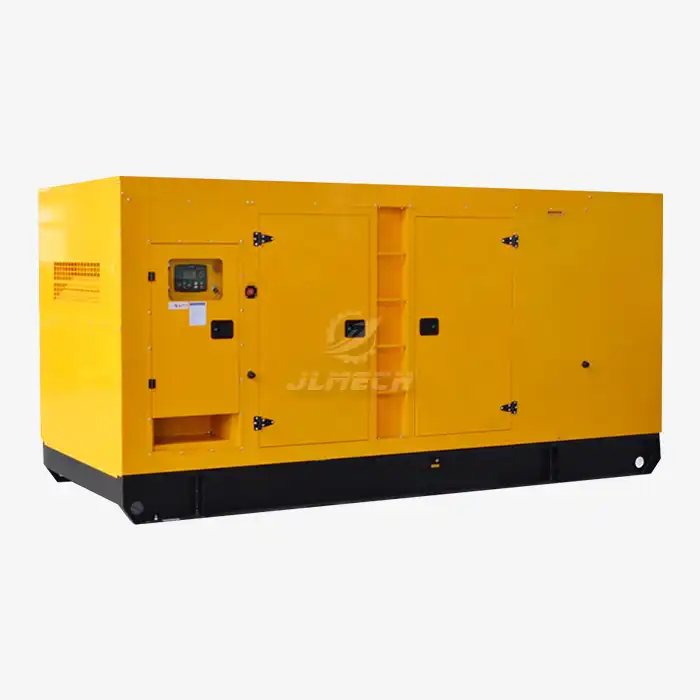 VIEW MOREdiesel generator set 500kva
VIEW MOREdiesel generator set 500kva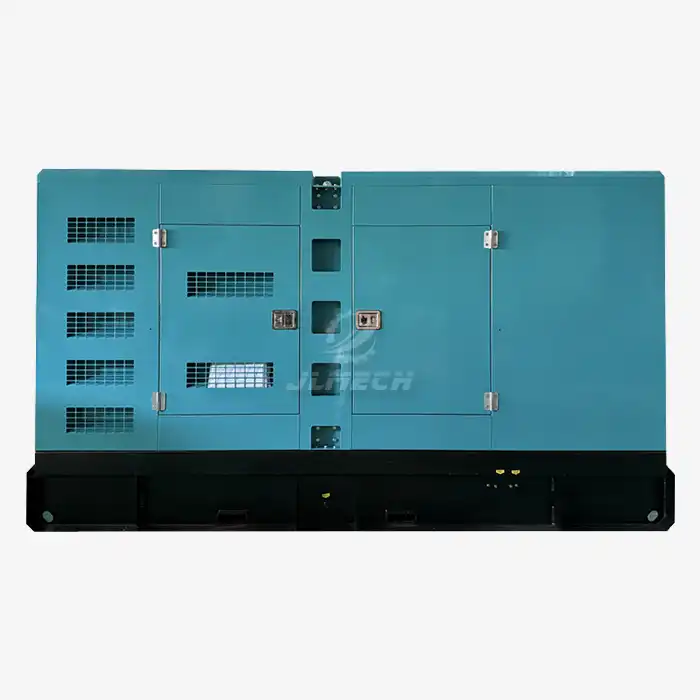 VIEW MOREperkins 150 kva
VIEW MOREperkins 150 kva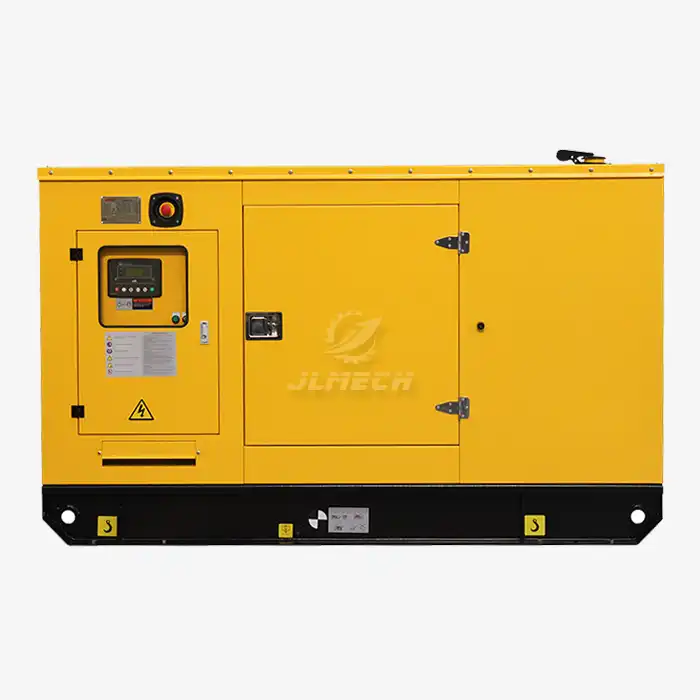 VIEW MORE80KW 60Hz 220V diesel generator
VIEW MORE80KW 60Hz 220V diesel generator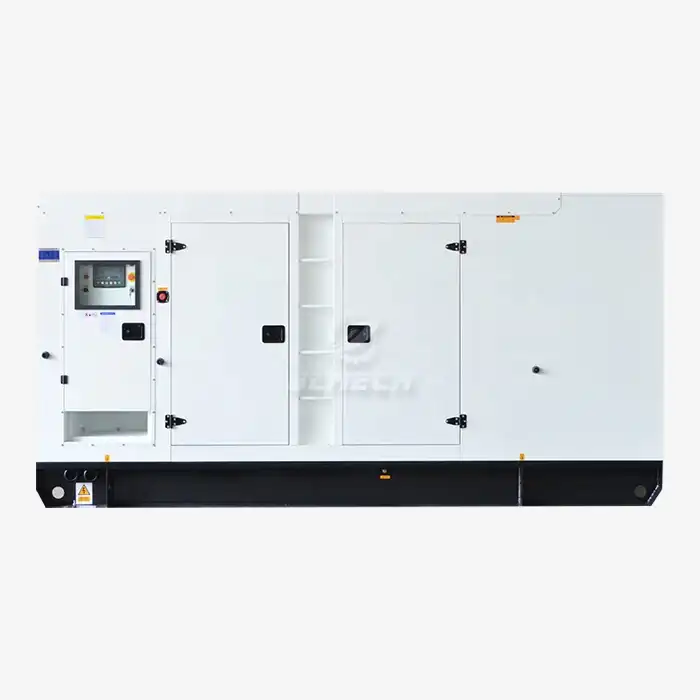 VIEW MOREHospital standby generator
VIEW MOREHospital standby generator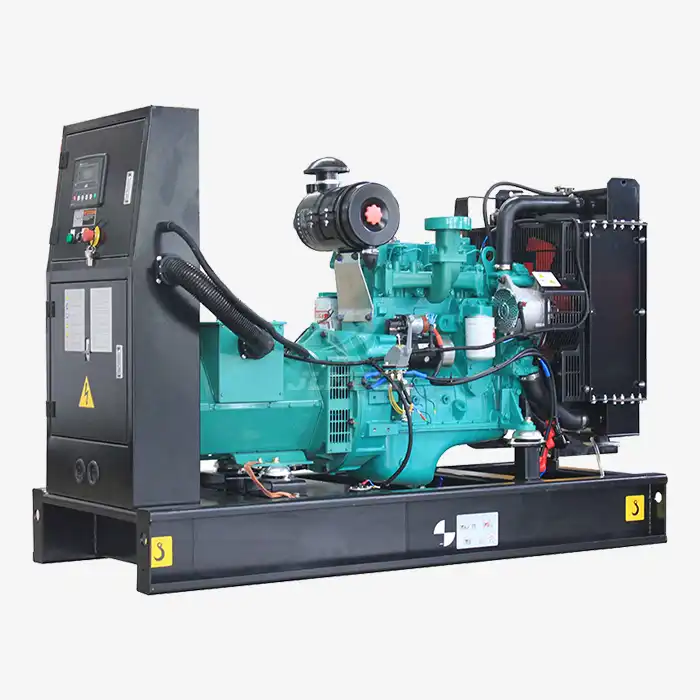 VIEW MOREATS Options Diesel Generator Set
VIEW MOREATS Options Diesel Generator Set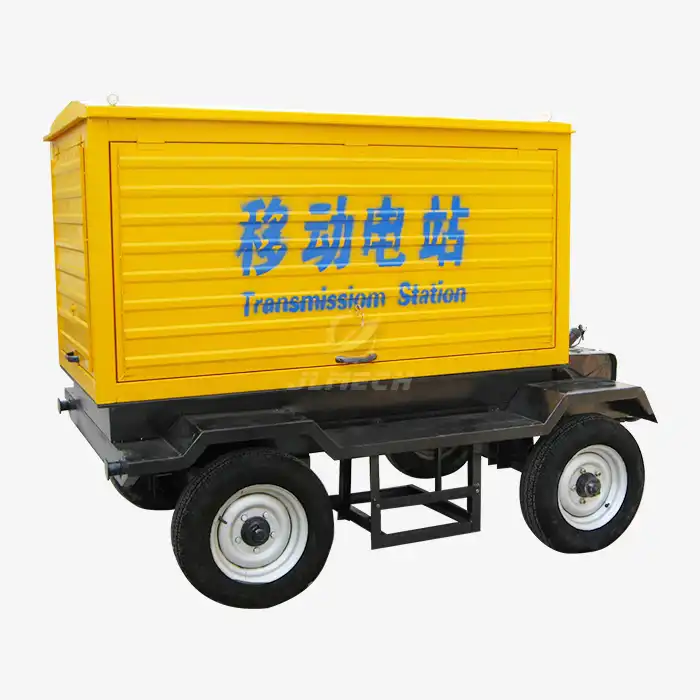 VIEW MOREPortable outdoor diesel generator
VIEW MOREPortable outdoor diesel generator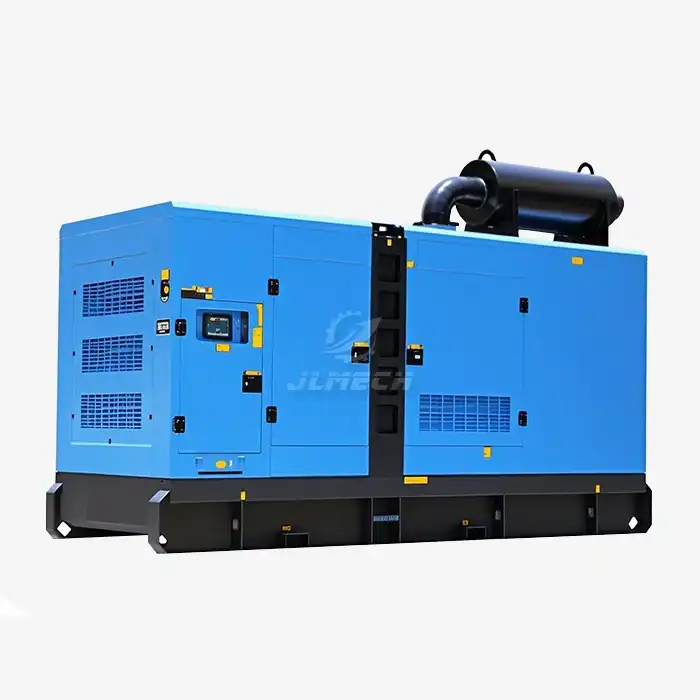 VIEW MOREbig generator diesel generator silent
VIEW MOREbig generator diesel generator silent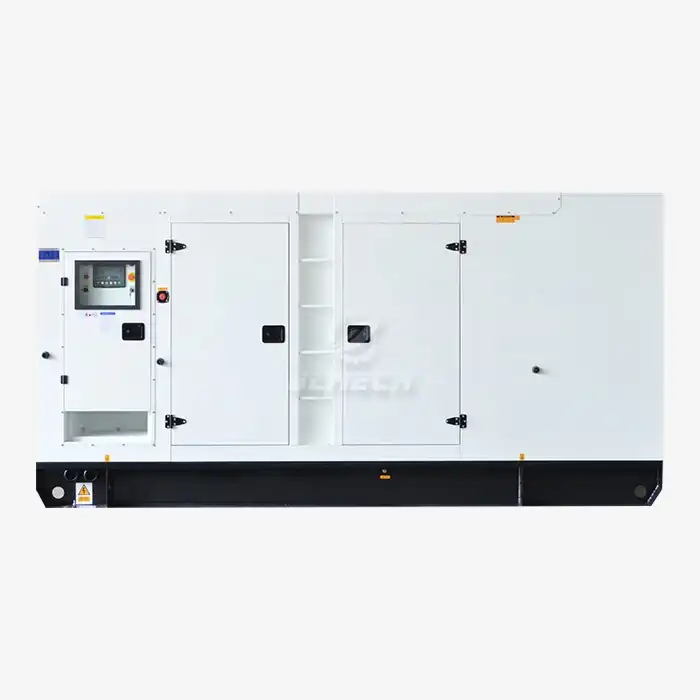 VIEW MOREkubota generator diesel 20kw
VIEW MOREkubota generator diesel 20kw



